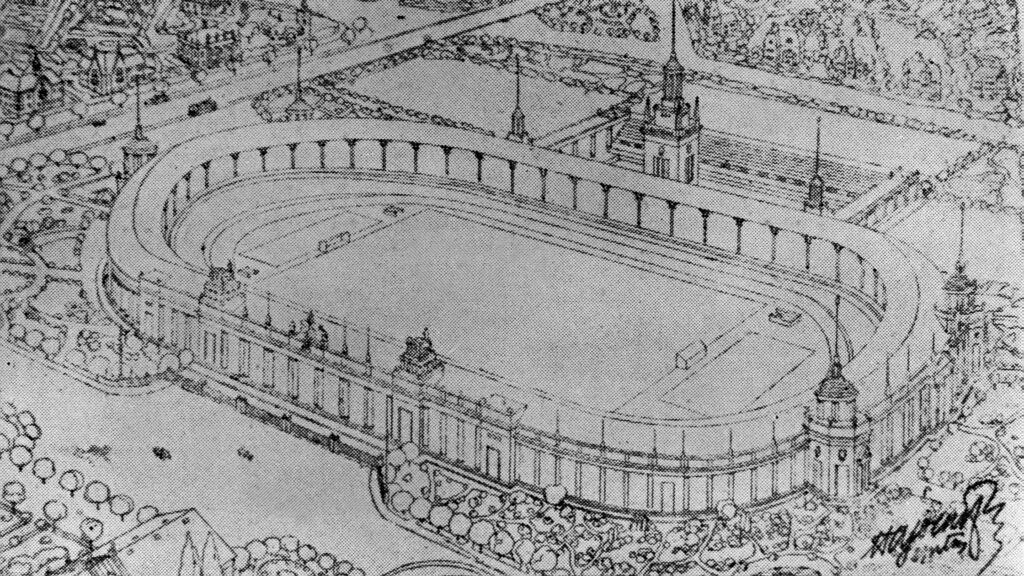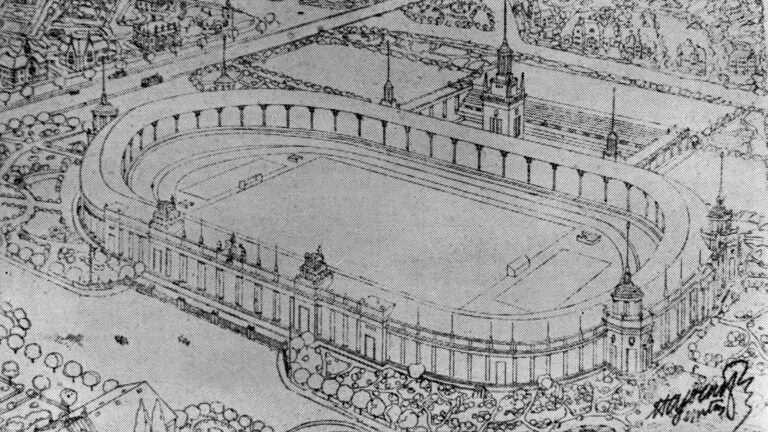In the 1920s, one of Budapest’s airline hubs was located on the Danube in the centre of the capital city, next to Szent Gellért Square. In the heyday of aviation, seaplanes—planes that take off water—used to play a much greater role in aviation than today, so in addition to ships, there were also planes in ports.
Budapest enjoyed its golden age during the happy twenties. Just how vibrant the everyday life of the city was is best demonstrated by the fact that seaplanes regularly took off the central section of the Danube, with passengers travelling on one-off and scheduled flights to several destinations within the country. The daily newspaper Est welcomed the new mode of transport with the following lines:
‘The Danube has had a new sensation since a few days ago. Silver birds are flying above it. The Danube embankment in front of the Ferencz József Bridge and the Technical University is black with onlookers.’
The silver birds, modern Junkers F–13s with a corrugated aluminium skin, were operated by Aeroexpress airlines. A total of six planes were put into service; two were purchased by the Hungarian state, while another four were provided by the Junker aircraft factory in exchange for a stake in the company.
Thanks to a concession granted by the government, passenger seaplanes could start operating in 1923. The concession originally gave preference to onshore operations involving air routes between Budapest and the capitals of the neighbouring countries, but the licences were later extended to the Hungarian section of the Danube and to the Budapest–Balaton route as well.
Aeroexpress also received state aid for its operation, but this was subject to a strict condition: fares could not be higher than twice the price of first class express train tickets.
An additional condition was that the planes had to operate for at least 280 days a year, as well as that they had to undertake the transport of some postal items, of course for a service charge.
Click here to read the original article







